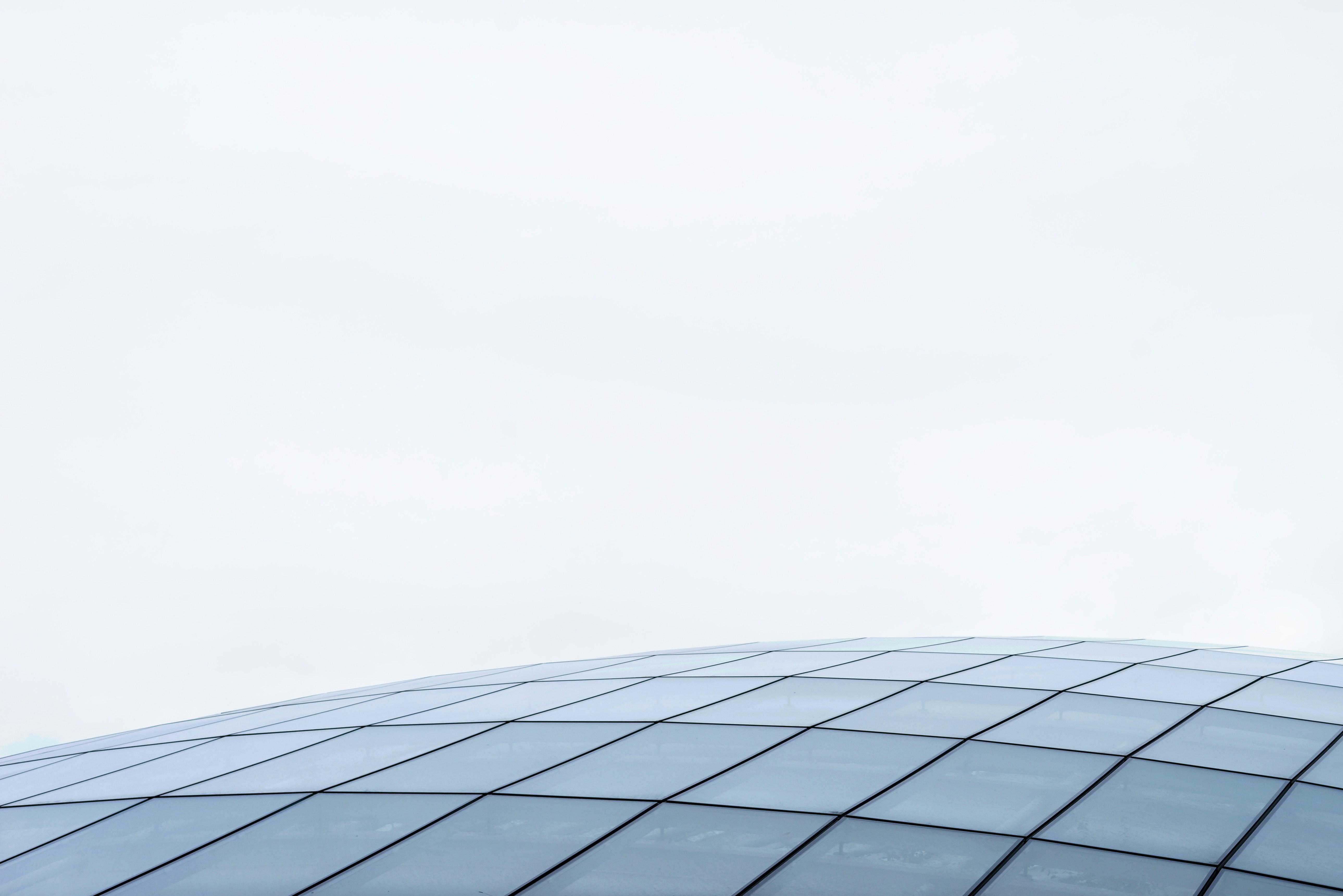In the ever-evolving landscape of modern cinema, directors wield theme and symbolism like masterful painters with a vivid palette, crafting layers of meaning beneath the surface of their narratives. As audiences, we are invited to delve beyond the visible, to explore the intricate dance of motifs and metaphors that shape our understanding of a film’s essence. This article embarks on a journey through the minds of contemporary filmmakers, unraveling how they artfully infuse their works with deeper significance. From the subtle to the overt, discover how directors use theme and symbolism to challenge perceptions, evoke emotions, and leave indelible marks on the tapestry of storytelling.
Unlocking Subtext: Crafting Symbolic Narratives
In modern cinema, directors wield theme and symbolism as powerful tools to enrich narratives and engage audiences on a deeper level. By embedding symbolic elements within their films, directors create layers of meaning that invite viewers to explore beyond the surface story. These symbols often manifest through imagery, dialogue, or character actions, each carrying a weight that contributes to the overarching theme. For instance, a recurring motif, such as a broken clock, might symbolize the stagnation of time or the inevitability of fate, prompting audiences to reflect on the characters’ struggles with destiny.
- Visual Metaphors: Directors often employ imagery that suggests a parallel idea or theme, enhancing the emotional resonance.
- Color Schemes: The use of specific colors can subtly influence the mood and underscore thematic elements.
- Character Archetypes: Characters might embody universal themes, acting as symbolic representations of broader human experiences.
Through these techniques, directors not only tell a story but also craft a symbolic narrative that resonates on multiple levels, encouraging audiences to uncover the hidden subtext woven into the fabric of the film.

Visual Metaphors: The Art of Show, Don’t Tell
In modern cinema, directors skillfully employ visual metaphors to convey complex themes and emotions, embracing the timeless principle of “show, don’t tell.” These visual elements often carry the weight of the narrative, offering audiences a deeper understanding without explicit exposition. Consider the use of color palettes: a vibrant, warm hue might evoke nostalgia or innocence, while stark, desaturated tones could underscore themes of despair or isolation. Lighting is another potent tool; the interplay of shadows and highlights can suggest duality or hidden truths, guiding the audience’s perception subtly yet powerfully.
Directors also weave symbolism into everyday objects, transforming them into carriers of meaning. A seemingly innocuous item, like a red balloon or a cracked mirror, can become a symbol of freedom or fractured identity. Here are some techniques directors use to infuse films with rich symbolism:
- Recurring Motifs: Repetition of specific symbols or scenes to reinforce thematic elements.
- Juxtaposition: Placing contrasting images or ideas side by side to highlight differences or conflicts.
- Abstract Imagery: Using surreal or dreamlike visuals to explore subconscious themes.
By mastering these visual techniques, directors invite viewers to engage more actively with the narrative, uncovering layers of meaning that transcend spoken dialogue.
Cultural Resonance: Themes in a Globalized World
In an era where cultural boundaries are increasingly blurred, directors are skillfully weaving universal themes and symbolism into their narratives, resonating with a global audience. They explore identity and belonging, using metaphors that transcend cultural specifics, allowing viewers from diverse backgrounds to find personal connections. For instance, the use of mirrors often symbolizes self-reflection and duality, bridging cultural gaps and fostering a shared understanding of internal conflict.
Modern filmmakers also embrace technology and globalization as thematic elements, highlighting their impact on human connections and societal structures. Directors employ symbols such as the internet or urban landscapes to comment on the pervasive influence of digital communication and urbanization. These symbols serve as a common language, inviting audiences to reflect on the complexities of living in a hyper-connected world. Through such thematic explorations, films become a platform for dialogue, uniting audiences across continents in shared experiences.
- Identity & Belonging: Mirrors, masks, and reflections.
- Technology & Globalization: Screens, digital networks, and cityscapes.
- Environmental Concerns: Natural elements and dystopian landscapes.

Balancing Act: Subtlety vs. Clarity in Symbolism
In the realm of modern cinema, directors often walk a tightrope between subtlety and clarity when embedding symbolism within their films. The challenge lies in crafting symbols that resonate without overshadowing the narrative. Directors like Denis Villeneuve and Greta Gerwig exemplify this balance, employing nuanced symbols that enrich the story rather than dictate it.
- Subtlety: Some directors opt for understated symbols, allowing viewers to uncover layers of meaning through repeated viewings. This approach invites audience engagement, turning film-watching into an active exploration.
- Clarity: Others lean towards clear symbolism, ensuring that themes are accessible to a broad audience. This method can deliver a powerful, immediate impact, making thematic elements unmistakable.
Ultimately, the choice between subtlety and clarity depends on the director’s vision and the story’s demands. By mastering this balance, filmmakers can create works that are both thought-provoking and universally relatable.

